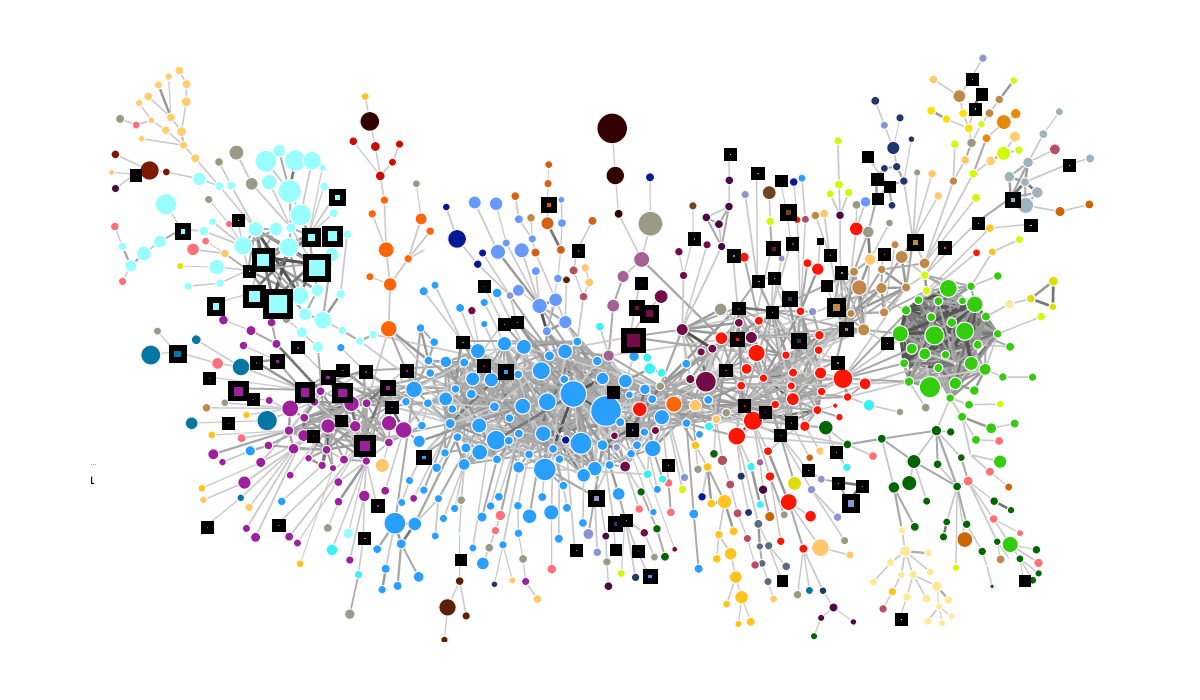Let’s talk here about Agility (more specifically Kanban), Complexity and some other various related topics: Vision, Collective Intelligence, Motivation.
Agility
Agility emerged to mainly answer to the Human & the Complexity. In any Agile framework in order to create a valuable product, we must have a clear and strong Vision.
Effectiveness
In order to understand the team effectiveness, Google lunched a project named Aristotle where they found that the most important criteria to have an effectiveness team is the Psychological Safety.
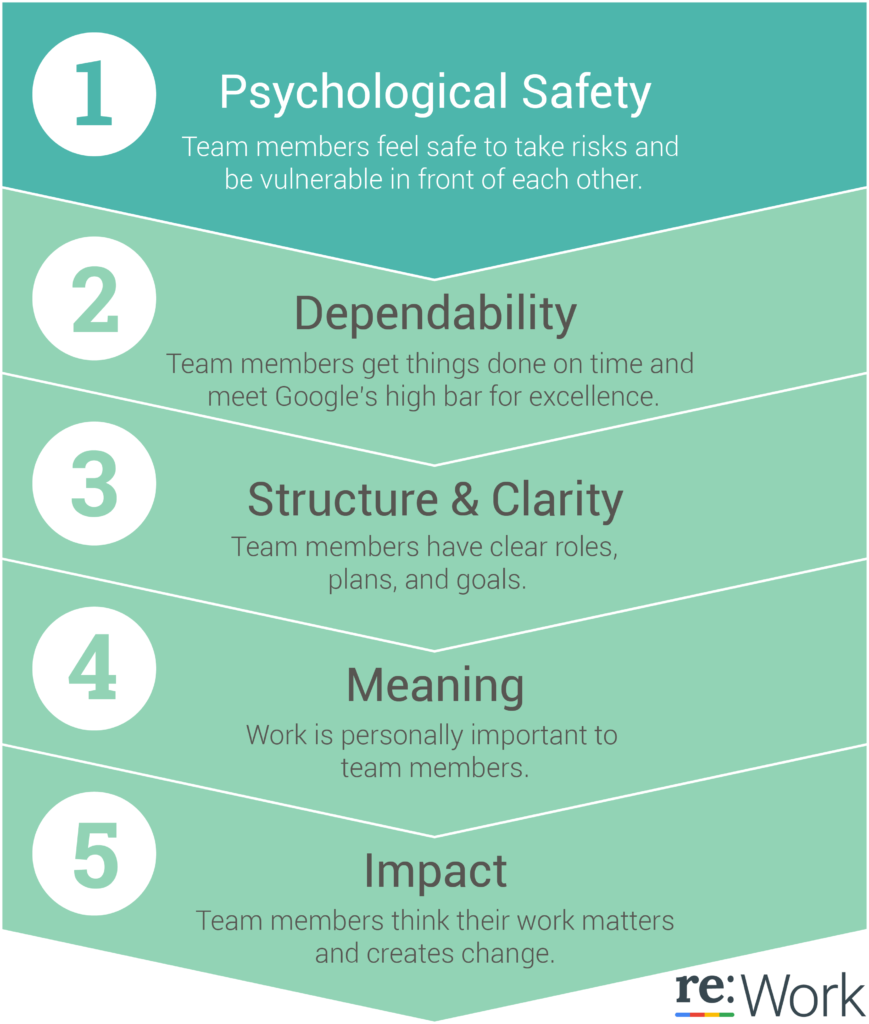
Agile fluency
In order to become full Agile the organization/team will go through 5 steps.
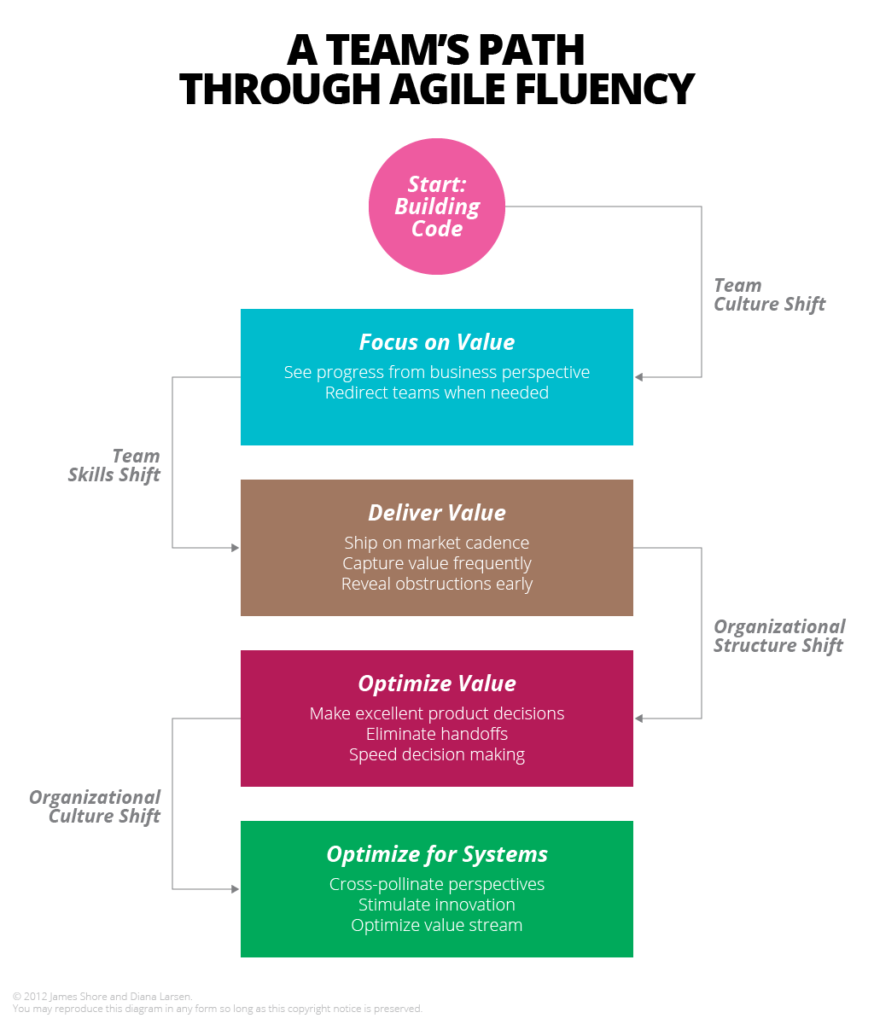
Complexity
The complexity is caused by the number of interactions and the related links: the more interactions and links exist, the more the system will be complex and the less it will be predictable. (Helium stick)
Waterfall can be used for complicated projects but not for complex ones.
In order to work in a complex context we need to take the whole and do not decompose in little tasks, as complex problem are emergent (ex: a baby).
Ralph Stacey Matrix
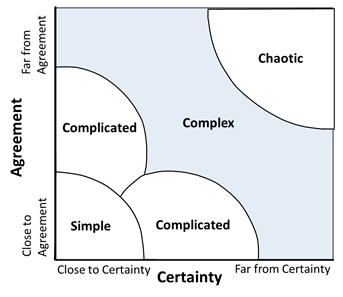
Cynefin framework by Dave Snowden
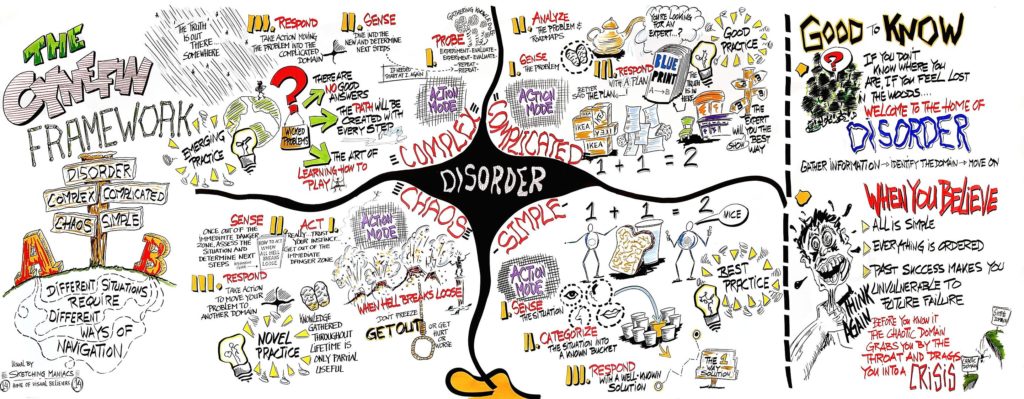
Command & Control
In order for a system A to control a system B, system A should have at least equal varieties as system B.
Control = Monitor + Command
Workshops
- Helium stick: complexity & emergence
- Origami: collaboration vs silos, collective intelligence, transparency, common vision
- Human knot: left hand to the right, and to the bottom all the next
- Context switching: Number, Alphabet, Roman
Management
A good manager should ally all people to a same and common vision.
A good manager doesn’t control but facilitate.
Motivation
The TAD theory proposed by Edward L. Deci explain that there are mainly 3 factors that motivate peoples:
- The social link
- The autonomy
- The challenge
Synergies & Tuckman model
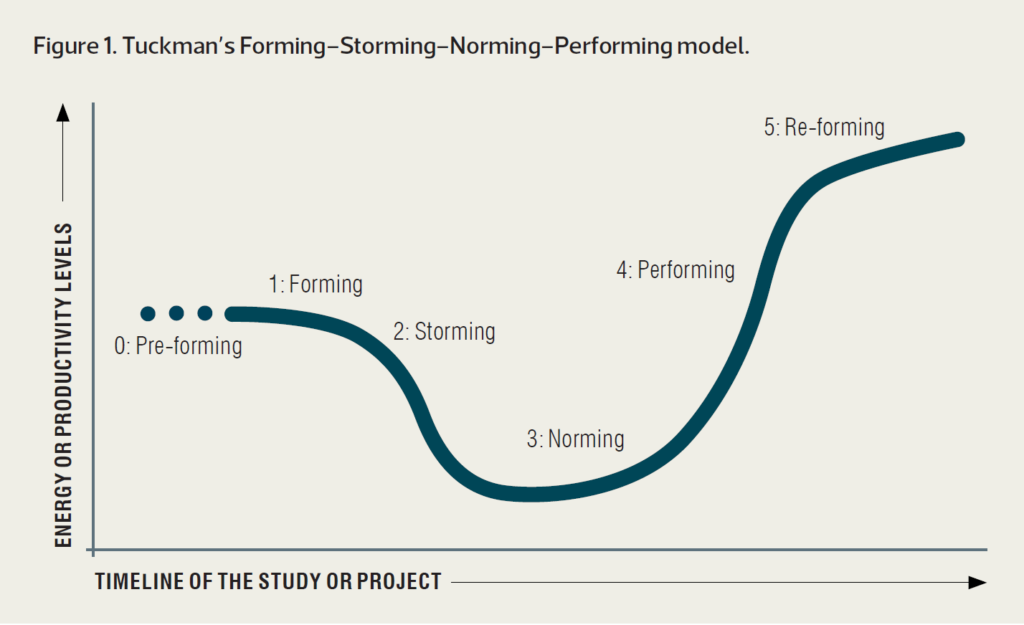
Kanban
- In order to determine the WIP limits: (Nmb of team member x 2 – 1).
- 1 item should take 1 day approx.
- BATCH SIZE: How many work items, or the total size of work, being pulled in at the start of each sprint.
- WIP: How many work items are actively being worked on at any given time.
- THROUGHPUT (VELOCITY) AND LITTLE’S LAW: How many work items are completed in a particular time unit (can be cards/day).

Various
- LEGO test recruitment
- Marc Halevy
- Beyond Budgeting
